The world of silicone rubber molding is filled with intricate details and techniques that can determine the quality of your final product. There is an important but often misunderstood/underestimated variable – electrostatic discharge (ESD) and how it affects the molding process itself.
From rubber surfaces defects and discoloration to equipment failure to worker safety issues, electrostatic discharge can wreak havoc on production. The good news is that with a little knowledge, inspection and prevention planning managers can control this invisible troublemaker—not only producing higher-quality parts, but making overall operations smoother.
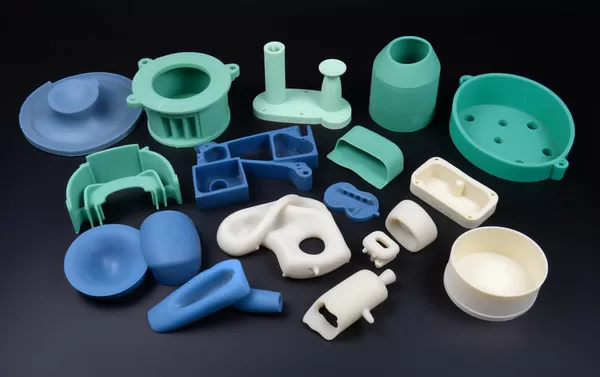
If your silicone molding isn’t performing as expected, electrostatic discharge (ESD) may be the cause. Why is this such an important issue? Because successful silicone molding depends on getting a lot of details right—if ESD is allowed to get out of hand, it can ruin everything at the last second. In this blog post, we explain why ESD and silicone molding sometimes don’t mix well and provide tips for avoiding problems so you get a high-quality product time and time again. Don’t forget: reputation matters, too.
Understanding Electrostatic Discharge (ESD)
In order to understand the potential dangers of ESD in silicone rubber molding, it is necessary to understand what exactly ESD is and how it occurs. An electrostatic discharge occurs when an object with a static charge comes into contact with another object with a different charge, or when it comes into contact with the ground. In silicone rubbers molding, this can be caused by friction: for example, when the polymer is mixed, poured, or cooled (and thus moves on/relative to other substances).
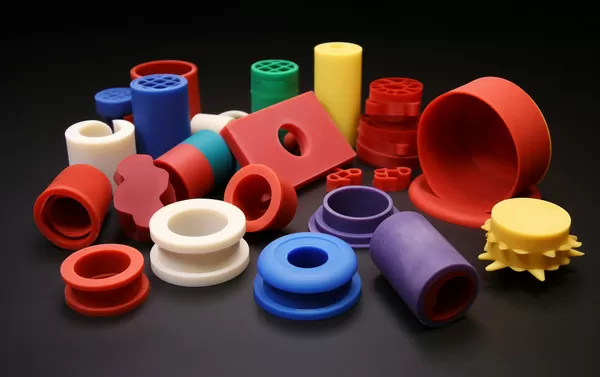
Once electrostatic discharge occurs during the molding process, problems such as surface damage or short circuits will immediately occur. But there’s a hidden side to the danger that only becomes apparent later: the material’s properties may degrade, shortening its service life. For natural rubber products, this could mean reduced life, damaged electrical properties, and damage to sensitive environments. Potentially dangerous.
Risks of ESD in Silicone Rubber Molding
Electrostatic discharge (ESD) can negatively affect silicone rubber molding in a number of ways.
1. Product Defects
Electrostatic discharge during the production phase can cause parts to become deformed or damaged, rendering the item unusable and increasing waste/disposal costs.

2. Operational Safety
Risks related to operational safety, from minor accidents such as fires or burns caused by controlled sparks to more serious hazards if controls fail completely.
3. Long-term Quality
Taking into account how well things work when repeatedly subjected to long-term effects has an impact on reliability, especially for mission-critical uses.
4. Regulatory Compliance
In industries with strict regulations, such as medical or aerospace, unexpected ESD can cause a product’s compliance to fail. Non-compliance means that the goods no longer meet the rules of the industry such as aerospace or medical products. qualifications.

The Basics of Electrostatic Discharge
In order to understand ESD in silicone rubber molding, it is important to first understand some basics. When two objects with different electrical potentials come into contact with each other or are close to each other, a sudden electrical current may occur—sometimes producing a visible spark.
ESD poses many challenges to manufacturing, including silicone rubber molding. Here are three specific problems ESD can cause, with brief descriptions:
1. Particle Contamination
Dust and other tiny materials are static cling to surfaces that have experienced an ESD event. This is bad news for the quality of molded silicone parts.
2. Process Disruption
If static forces cause equipment to start behaving erratically (or stop working entirely), it can cause costly downtime and lead to increased scrap.
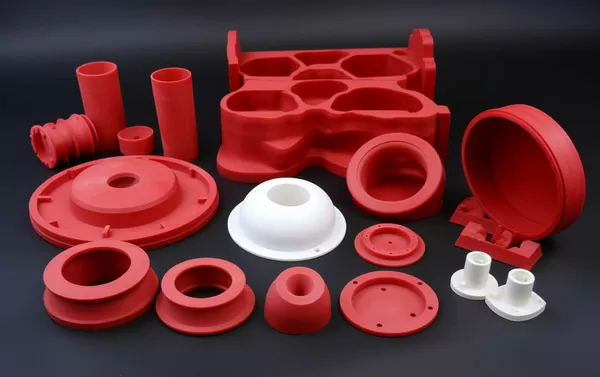
3. Surface Defects
Unexpected surface texture or marks may occur due to the electrostatic attraction of the silicone rubber mold components and silicone material to each other.
Before we suggest ways to prevent this from happening during the process, let’s take a closer look at what can happen when there’s a static problem – it’ll be helpful if we understand why these things need to be avoided.
Preemptive Measures for ESD Management
To combat ESD in silicone rubber molding, several approaches may be required. This section will look at different ways to prevent problems before they happen – from how to set up your workspace to handling materials and more.
Workspace Preparation
Developing an environment that minimizes electrostatic discharge (ESD) risk is at the core of any good ESD management strategy. Achieving this means having an area free of static-generating or charge-generating materials and tightly controlling relative humidity and temperature levels. Here are some steps you can take:
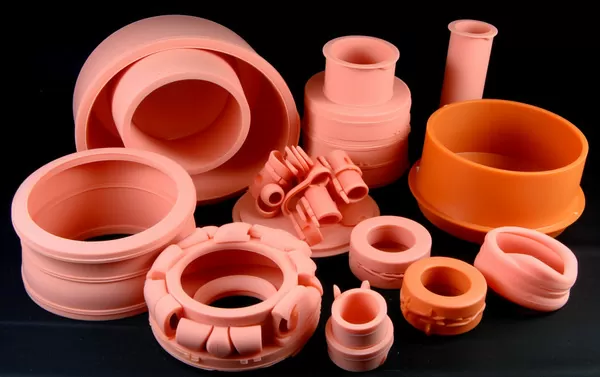
1. Try not to use too many “highly charged” plastics: Plastics and other materials that tend to generate static electricity should be kept to a minimum in your workspace.
2. Maintain relative humidity between 30% and 60% to allow for natural charge dissipation to eliminate static electricity.
3. Ensure windows, doorways, etc., are properly sealed to maintain ESD safety in interior areas.
Material Handling Protocols
Having a comprehensive plan for how to handle materials can greatly reduce the likelihood of ESD:
1. Correct Storage and Handling
Put silicone raw materials into anti-static bags and store them in an environment that does not generate high voltage static electricity.
2. Grounding Procedures
When people handle or move these items, make sure there is always a way for the static buildup to be diverted. For example, use grounding pads or straps that workers wear around their wrists/ankles.
3. Prevent Static Electricity Clothing
Ensure employees wear clothing specifically designed to not only prevent ESD risks but also minimize the generation of additional charges.
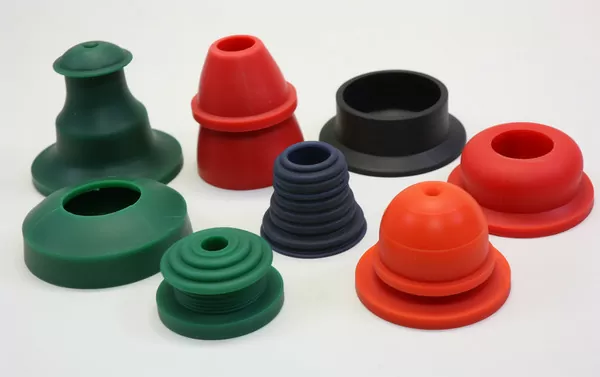
Technical Solutions for ESD Suppression
Incorporating ESD-suppressing technology can significantly mitigate ESD risks. This includes the use of antistatic agents, conductive compounds, and the implementation of antistatic equipment.
Antistatic Agents and Coatings
These materials effectively reduce charge generation by increasing the electrical conductivity of the material. They can be applied to molds, tooling and silicone rubber finished products for control static electricity:
1. When to Use Antistatic Coatings
When to use antistatic coatings: These coatings are best suited for products (both inner and outer layers) that come into primary surface contact with air or solid surfaces.
2. Choosing the Right Agent/Coating
Effectiveness depends on the application, operating environment and required lifetime.
Conductive Compounds
The use of conductive or dissipative substances can be combined with silicone rubber to naturally reduce or control charge. These substances, usually composed of carbon, metal or other conductive particles, also help reduce electromagnetic interference:
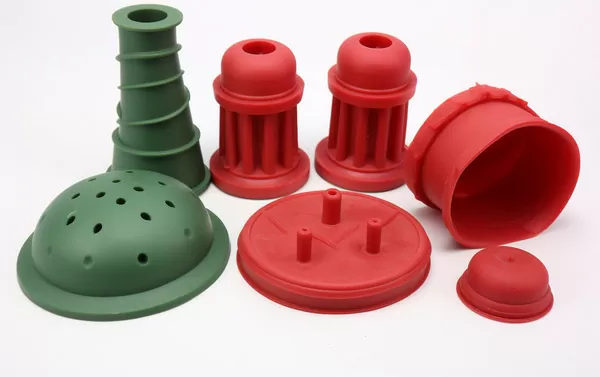
1. How to apply
There are a variety of techniques for adding conductive compounds to silicone, each with its own advantages.
2. Advantages of Conductive Compounds
Advantages of adding conductive materials include maintaining the electrical performance of components; providing EMI/RFI shielding; and extending product life.
Equipment and Technology
When it comes to ESD (electrostatic discharge) management, having the right equipment and techniques is crucial. One of the most important parts of this is making sure you invest in an ESD safe workstation and its accessories, and understand how to best use these tools:
1. Choose ESD-safe Workstations and Tools
Invest in conductive or dissipative materials to reduce charge generation or allow it to flow away safely.
2. Importance of Proper Grounding
Use a grounding strategy that meets international standards for ESD protection.

3. The Role of Workstation Design
A properly designed workstation reduces charge build-up and provides a clear path to ground.
Employee Training and ESD Policies
To avoid ESD, human factors are important. This means ensuring everyone understands best practices through training programs and strong policies.
1. Training Program
Regular courses on how to remove static electricity discharge (ESD) will help increase awareness among all employees.
2. Policy Development
A comprehensive ESD policy should include prevention measures and response options when ESD occurs.
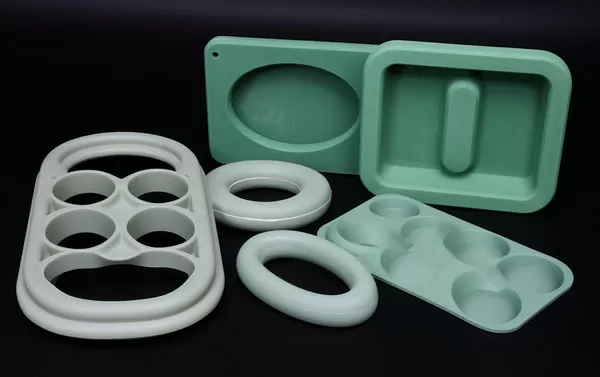
Regular Maintenance and Audits
A standard inspection of your equipment and procedures can identify where ESD may occur. Routine reviews also check how effective your ESD management strategy is and can identify possible problems:
1. Developing a Maintenance Schedule
Regular checks ensure all equipment is functioning correctly and is properly grounded.
2. Conducting Regular Audits
Periodic audits with independent experts can reveal unforeseen ESD risks and recommend updates to your ESD management plan.
Identifying ESD in Your Process
You may not always notice ESD, but if you look carefully enough, you can spot it. To discover where ESD may be coming from during the silicone rubber molding process, examine and test carefully. These practices will help:
Periodic audits: Check the way things are done (e.g. how materials are moved) as well as the machines used and the environment they are in, for anything that could lead to ESD issues.

Utilize an ESD tester: Use ESD detection equipment to test materials, silicone mold, and equipment to confirm the presence of charges and find their source.
Record Observations: Keep detailed records of any anomalies or problems during the molding process. Patterns may appear that point to ESD-related problems.
Conclusion
ESD is a challenge in silicone rubber molding, but it can be managed. Understand the sources of ESD, how to spot its signs, and address its impact on your products by implementing a comprehensive control strategy.
Ultimately, a proactive and educated workforce, coupled with cutting-edge technology, will pave the way for intelligent ESD management and ensure your silicone rubber molding operation is on solid ground, both figuratively and literally.
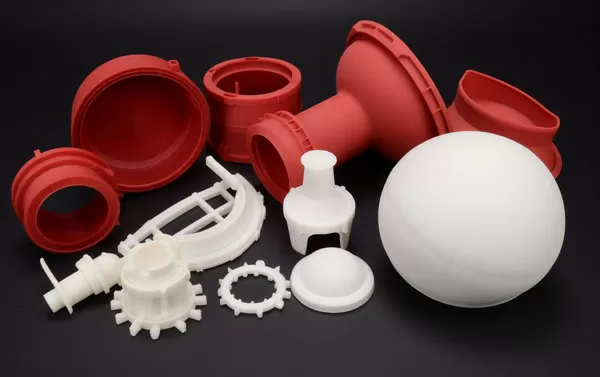
ESD management is extremely important if you want to maintain a standard of excellence in silicone rubber molding. Before we get started, take a moment to think about what ESD will mean for your brand, customers, and products in the coming years. By carefully following the tips we’ve given in this guide, you can significantly reduce your ESD risk and be prepared to manufacture reliable, compliant, and safe silicone rubber products.
We highly recommend that you continue to explore and try these technologies in silicone rubber molding. Because when you do this, something amazing will happen: they’ll actually help move everything forward, rather than stopping problems before they start (like preventing sparks), so there will be fewer defects overall.



